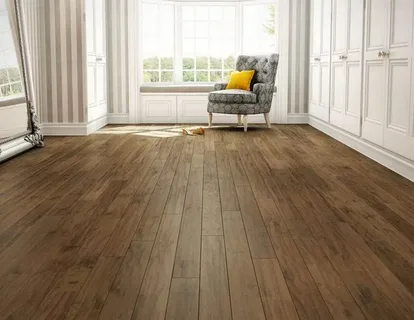Eco-Friendly Wood Flooring Options for Sustainable Living
As more homeowners embrace sustainability, the demand for eco-conscious building materials has surged. One key area where environmentally responsible choices can make a significant impact is flooring. Choosing the right flooring not only enhances the beauty of a space but also contributes to a healthier planet. In this article, we explore eco-friendly wood flooring options for sustainable living, offering insights into materials, benefits, and tips for making the greenest choice.
Why Choose Eco-Friendly Wood Flooring?
Wood flooring has long been admired for its durability and timeless appeal. However, traditional hardwood options often contribute to deforestation and may involve harmful chemicals in their production. Eco-friendly wood flooring options for sustainable living offer a way to enjoy the beauty of wood without compromising the environment.
These sustainable alternatives are sourced responsibly, use low-VOC (volatile organic compounds) finishes, and often come from rapidly renewable sources. By choosing green flooring, you reduce your carbon footprint and support environmentally responsible practices.
Top Eco-Friendly Wood Flooring Options
1. Reclaimed Wood
Reclaimed wood is salvaged from old buildings, barns, or shipping pallets. It offers a rustic charm and reduces the need for new lumber, preserving forest resources. Each piece of reclaimed wood tells a story, adding unique character to your home.
2. Bamboo Flooring
Technically a grass, bamboo grows rapidly and regenerates quickly, making it a top contender for sustainable flooring. It’s durable, stylish, and available in a variety of finishes. However, it’s important to select bamboo from reputable sources to ensure it’s harvested and processed responsibly.
3. Cork Flooring
Cork is harvested from the bark of the cork oak tree without harming the tree itself. It’s a renewable resource that regenerates every 9–12 years. Cork floors are soft underfoot, naturally antimicrobial, and excellent for insulation—both thermal and acoustic.
4. FSC-Certified Hardwood
If you prefer traditional hardwood, look for Forest Stewardship Council (FSC) certification. This label ensures the wood comes from responsibly managed forests that meet strict environmental and social standards.
Benefits of Choosing Sustainable Flooring
Opting for eco-friendly wood flooring options for sustainable living isn’t just good for the environment—it’s beneficial for your health and home, too:
- Improved Indoor Air Quality: Low-VOC finishes and adhesives mean fewer harmful emissions.
- Energy Efficiency: Some eco-friendly floors, like cork, provide natural insulation.
- Longevity: Sustainable materials are often highly durable, reducing the need for replacements.
Tips for Making a Sustainable Choice
- Check Certifications: Look for labels like FSC, GREENGUARD, or FloorScore.
- Ask About Manufacturing: Choose brands that follow ethical production practices.
- Consider Lifespan: Longer-lasting floors are more eco-friendly over time.
- Prioritize Local Materials: Reducing transportation emissions by buying local can enhance sustainability.
Conclusion
Whether you’re remodeling your home or building a new one, incorporating eco-friendly wood flooring options for sustainable living is a smart and responsible choice. Not only do these flooring materials offer beauty and durability, but they also align with a greener, healthier lifestyle. By choosing sustainably sourced products, you’re making a positive impact—one step at a time.

